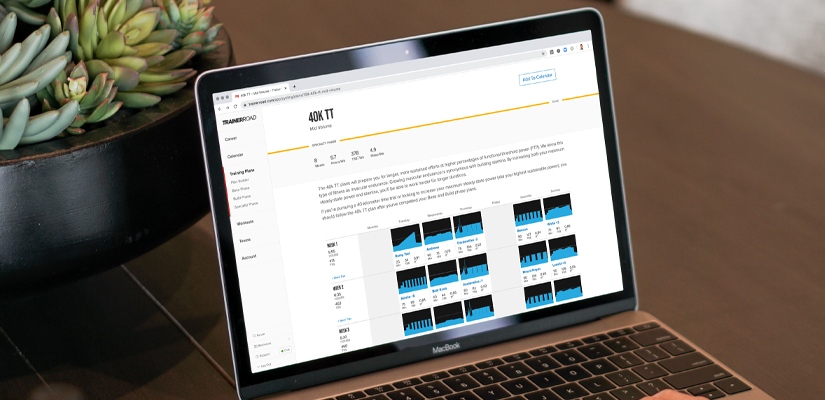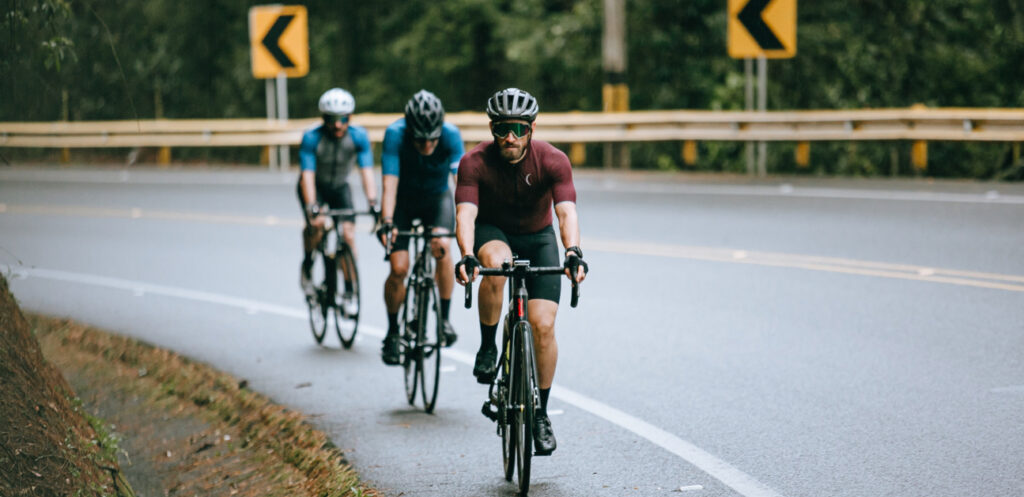5 Best Workouts for a Century

Get ready to push the pedals for one hundred miles with these five workouts for your century. The demands of your century can be wide-ranging depending on the course, but at the core is aerobic fitness and muscular endurance. These workouts will cover that and more.
Riding A Faster Century
A century is essentially one long sustained effort spent at an endurance pace. Raising your FTP and muscular endurance will allow you to sustain higher power values for these long rides, which of course, means a faster time. But there is more than just power production. There’s also pedaling efficiency, sustainable aero positioning, and the shorter power needed for steep hills to consider.
5 Workouts for Your Century
These five workouts have you covered. These workouts give you a good idea of the power demands needed for hours of pedaling. If you’ve already started logging miles, these workouts are go-to workouts to sharpen your established fitness and focus on the challenges you’ll face during a century.
Adaptive Training
Get the right workout, every time with training that adapts to you.
Check Out TrainerRoadWhen completing these workouts, it’s important to remember that their combination lacks the progressive structure of a training plan. Which, in short, means they don’t have integrated rest, and if you don’t have established fitness, they may be too challenging to complete. If the workouts used in these examples aren’t in your current physical range, try using the TrainerRoad workout library or TrainNow to find a workout with less stress but the same structure.
1. For When the Pace Surges
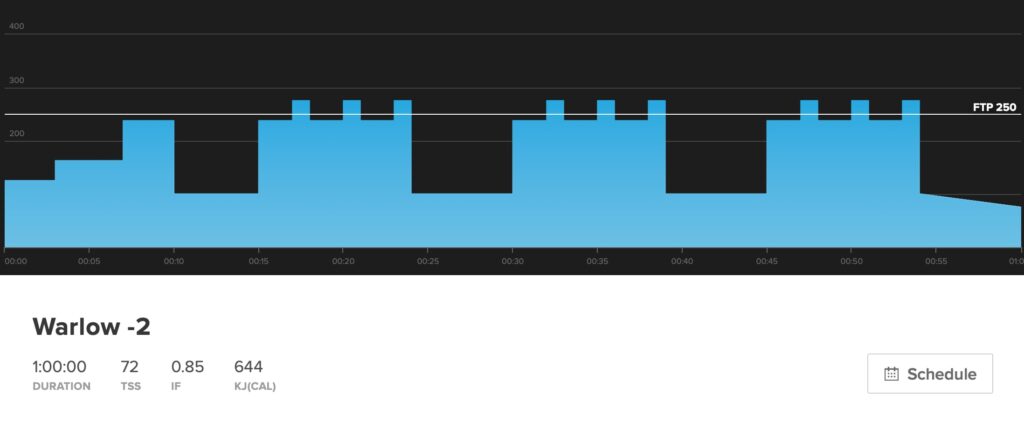
Sometimes the group you’re riding with is perfectly steady, but often the pace will surge, and you’ll be forced to hang on. Over-unders develop your ability to handle changes in pace while maintaining a high work level and enhancing muscle endurance in the process. As you tip over threshold, your muscles will flood with metabolic byproducts bringing with them burning muscles and the desire to ease up.
As you hold that burn, then back off only slightly during the valleys, you’ll effectively train your muscles to process the buildup while still doing a lot of work. These intervals can increase your ability to process lactate, increasing not only how long you can work above FTP but also increasing FTP itself.
2. For Pedaling Efficiency
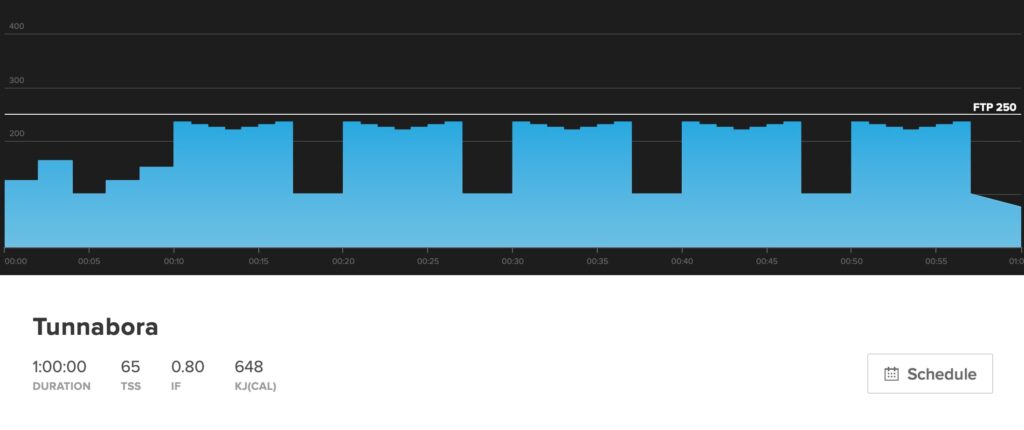
Riding for five or six hours means lots of pedaling. Even the smallest improvements in your efficiency will pay huge dividends. This workout runs the entire Sweet Spot wattage range and targets improvements in muscle endurance with the bonus of improving your pedaling economy.
You’ll start with some low-power isolated leg training (ILT) before moving onto the main set. Each time the watts drop, you’ll be encouraged to increase your cadence. Then, when the watts start to climb again, you’ll back off your spin just enough to maintain your form. You’ll want to aim for a slow, controlled, single-leg spin during the ILT drills until you get to the point where you can spin above 85rpm without “knocking.” During the leg speed intervals, start conservatively and escalate from there, keeping your focus on controlled speed with excellent form.
3. For Steep Hills
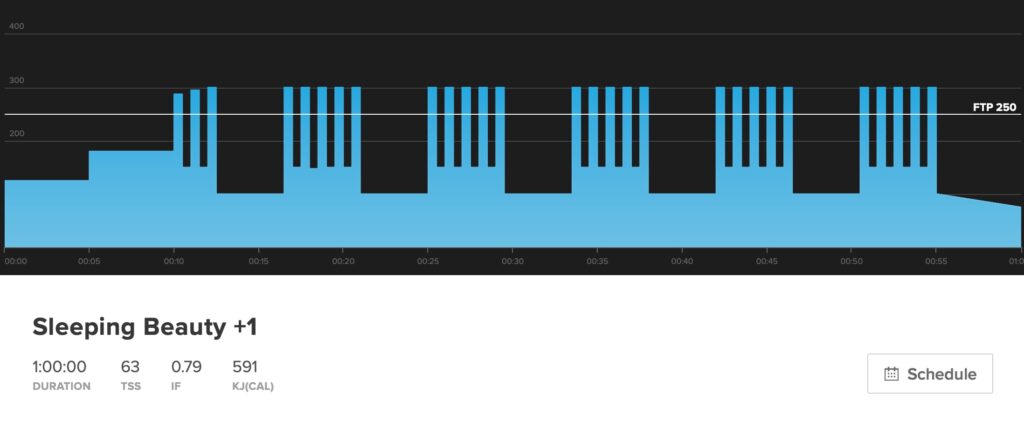
Century courses come in all shapes and sizes, but the ones that feature short, punchy hills can be a challenge. Improving your maximum aerobic power and your ability to operate repeatedly near it can help ensure you’ve still got good legs toward the end of the ride.
Workouts like these can raise your aerobic ceiling and create room for later improvements in your VO2max. Additionally, you’ll gain aerobic adaptations that benefit your performance across the board. Strive for a cadence of at least 90rpm or even a bit higher during each interval. If fatigue forces a lack of control at higher cadences, ride smoothly at any cadence that suits you.
4. For Dialing Your Position and Nutrition
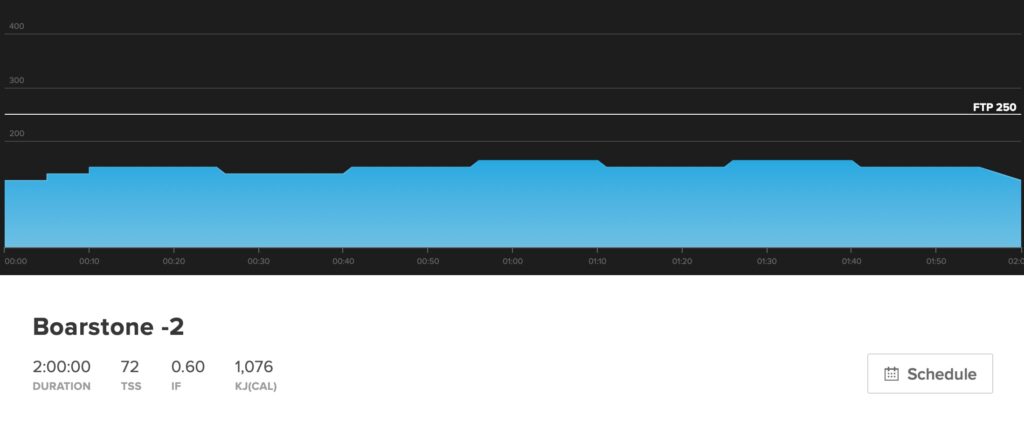
Centuries are long enough that they can expose any weakness in bike setup and nutrition. While you don’t need five-hour rides to train for centuries, it’s always a good idea to throw in a couple of long rides to dial in your bike fit and nutrition. You can complete these as an Outside Workout. Want to ride longer? Try Cavallo for three hours of endurance work.
Endurance workouts aim to improve your aerobic power production capabilities in a steady, low-stress manner. By training your endurance muscle fibers to utilize oxygen to metabolize fat as fuel, your muscles can spare sugar stores for more intense efforts. This long and slow approach to fostering aerobic capabilities is the lighter, kinder alternative to high-intensity repeats, but both methods target many of the same adaptations.
5. For Getting Aero
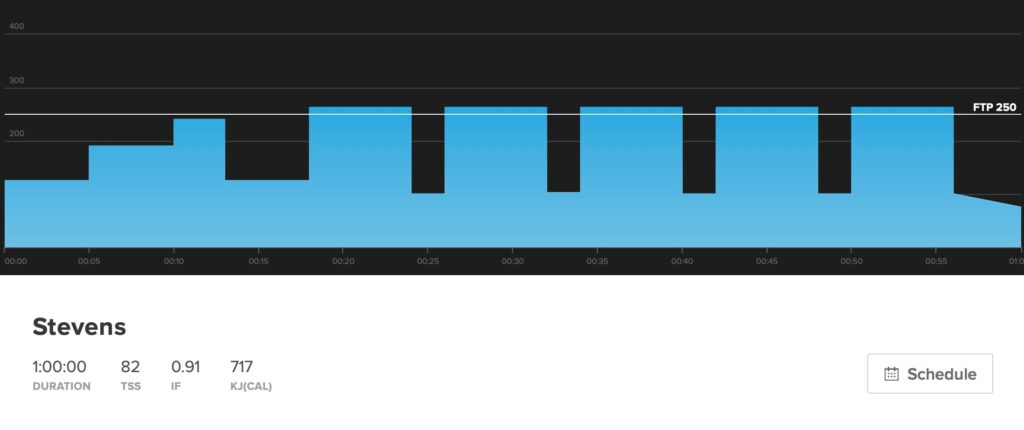
You may not want to ride an entire century in an aerodynamic position, but it’s a helpful ability to have in case you get caught between groups or face a stiff headwind. Aero positioning, combined with high power, takes practice. This workout is an ideal time to begin bridging the gap between power in an upright riding position and power in an aerodynamic position.
The goal of slightly suprathreshold workouts is to extend high power over greater durations. By riding only slightly above your current FTP, you’ll become accustomed to a workload just beyond your current sustainable reach.
